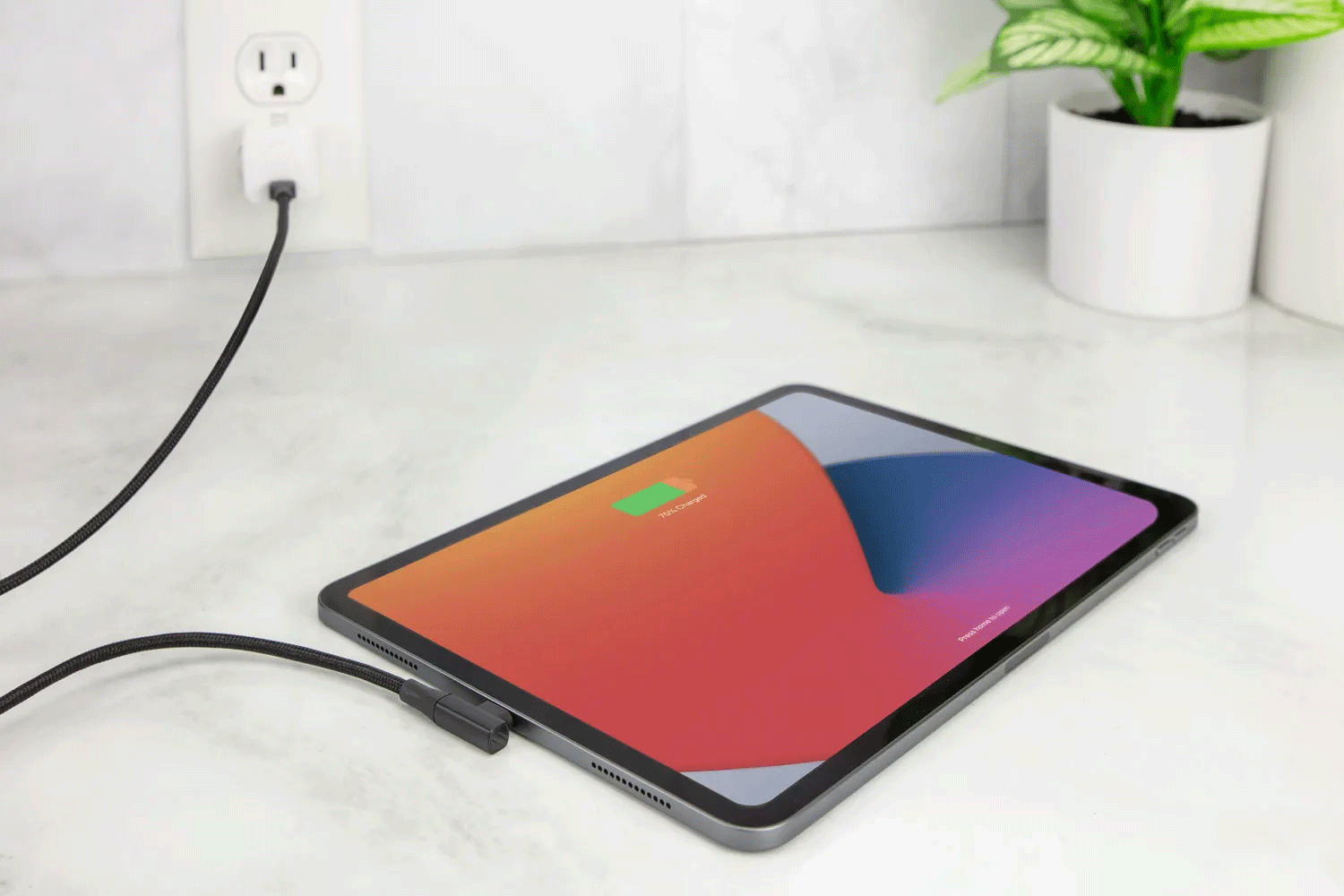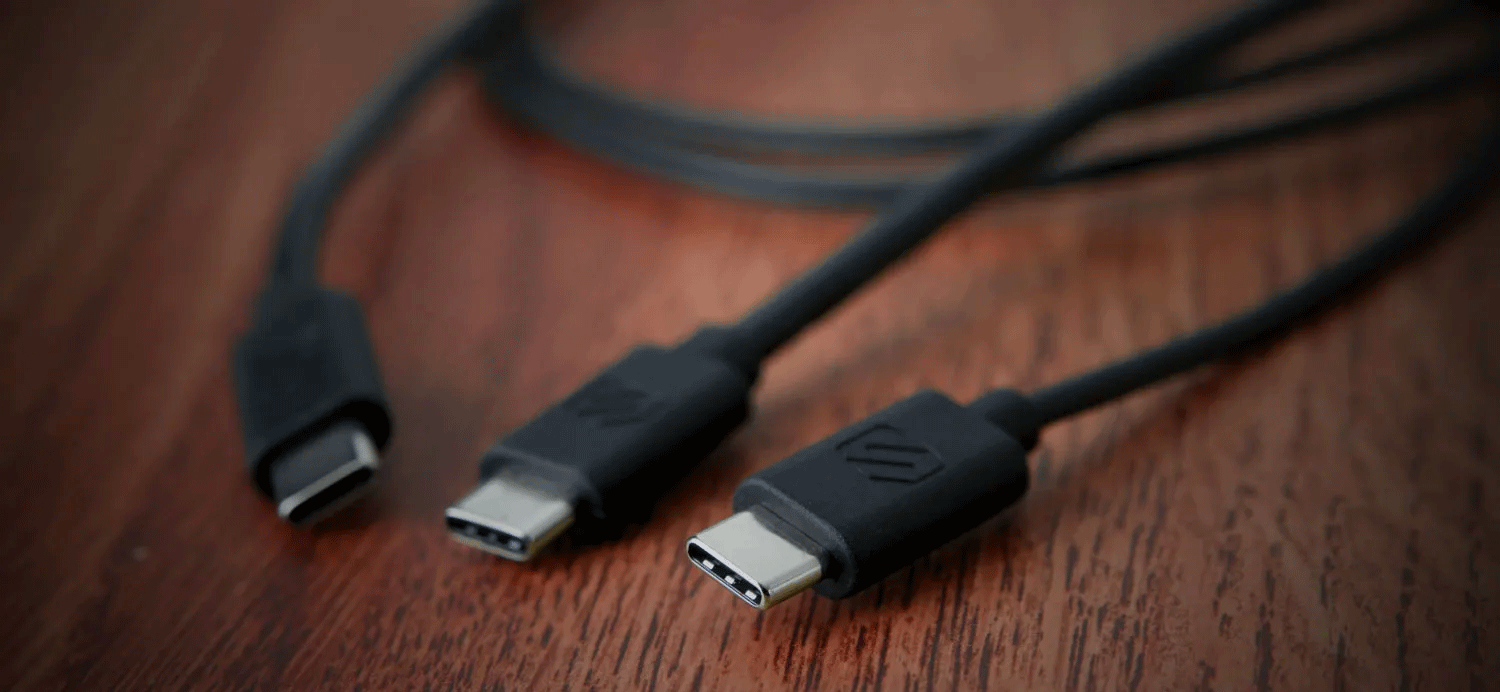USB Types Explained: A Comprehensive Guide

In today's digital age, USB (Universal Serial Bus) technology has become an integral part of our lives. From charging our devices to transferring data, USB cables and connectors are essential for seamless connectivity. However, with a wide variety of USB types and connectors available in the market, it can be overwhelming to understand which one is suited for your needs.
In this comprehensive guide, we will walk you through the basics of USB, the different types of USB connectors, the various USB standards, and help you choose the right USB cable for your specific requirements.
Understanding the Basics of USB
USB, developed in the mid-1990s, revolutionized the way we connect and communicate with our devices. It standardized the connection of various devices, providing a universal platform for data transfer and power supply. USB cables and connectors are designed to be plug-and-play, making it easy to connect and use them without the need for additional drivers or software installations.
The Evolution of USB Technology
USB technology has come a long way since its inception. Initially, we had USB 1.x with a maximum data transfer rate of 12 Mbps. However, this speed was not sufficient to keep up with the growing demands of data-intensive tasks.
With the introduction of USB 2.0, the data transfer rate increased to 480 Mbps, making it suitable for high-speed data transfer and multimedia applications. USB 2.0 quickly became the popular choice among consumers due to its compatibility and improved performance.
USB 3.x, the next major leap in USB technology, offered even faster data transfer speeds, reaching up to 5 Gbps with USB 3.0 and up to 10 Gbps with USB 3.1 and USB 3.2. This speed demon delivered blazing-fast transfer rates, allowing for quick backups, file transfers, and even faster charging.
Looking towards the future, USB 4 aims to initiate another leap in connectivity capabilities. With a targeted maximum data transfer rate of 40 Gbps, USB 4 endeavors to bring enhanced performance and versatility to USB connections.
USB technology has truly evolved over the years, adapting to the ever-increasing demands of modern technology. From humble beginnings to lightning-fast speeds, USB has become an essential component of our digital lives.


The Importance of USB in Today's Digital Age
USB has become an indispensable technology in our daily lives. From charging our smartphones to connecting external hard drives, USB offers convenience and versatility across a wide range of devices and applications.
With the increasing prevalence of USB Type-C connectors, the importance of USB has grown even further. USB Type-C connectors provide reversible plug orientation, meaning you can insert the cable in any orientation without worrying about the correct alignment. This universal connector has been widely adopted by numerous manufacturers, making it the new standard for many devices.
USB Type-C also brings additional benefits such as faster charging capabilities and support for high-resolution displays. With USB Type-C, you can charge your devices at a much faster rate, reducing the time spent waiting for your gadgets to power up. Additionally, the ability to connect to high-resolution displays through USB Type-C opens up new possibilities for productivity and multimedia experiences.
Furthermore, USB has played a crucial role in the development of portable storage devices. USB flash drives have become a popular choice for transferring and storing data due to their compact size and ease of use. These portable storage devices have made it convenient to carry important files, documents, and media wherever you go.
In addition to storage devices, USB has also enabled the widespread use of external peripherals such as keyboards, mice, and printers. With USB, you can easily connect these peripherals to your computer without the need for complex setup processes. This plug-and-play functionality has simplified the way we interact with our devices, enhancing productivity and user experience.
Overall, USB has become an integral part of our digital ecosystem, providing seamless connectivity and powering our devices. As technology continues to advance, USB will undoubtedly continue to evolve, bringing even more convenience and innovation to our lives.
Mini and Micro USB connectors are smaller in size compared to Type-A and Type-B connectors but are just as powerful.
These connectors were introduced to accommodate the demand for smaller and more compact devices.The Mini USB connector, also known as Mini-B, was widely used in the early 2000s for devices such as digital cameras, MP3 players, and external hard drives. Its compact size made it ideal for portable devices, allowing manufacturers to create smaller and sleeker designs. However, as technology advanced, the Mini USB connector started to phase out in favor of the even smaller Micro USB connector.
The Micro USB connector, also known as Micro-B, became the new standard for many portable devices. Its smaller size made it more versatile and suitable for smartphones, tablets, and other handheld devices. The Micro USB connector revolutionized the way we charge and transfer data, as it allowed for faster charging speeds and improved data transfer rates.
In recent years, however, the USB Type-C connector has emerged as the new standard for many devices. It offers even faster data transfer speeds, higher power delivery capabilities, and a reversible design that eliminates the frustration of plugging in the connector the wrong way. The USB Type-C connector is becoming increasingly popular and is expected to replace all other USB connector types in the future.
Conclusion
It is important to note that while there are different types of USB connectors, they are all designed to serve the same purpose: to connect devices and facilitate the transfer of power and data. The variety of USB connector types ensures compatibility with various devices and allows for seamless connectivity between different devices and peripherals.As technology continues to evolve, it is likely that we will see further advancements in USB connector design. Whether it's for faster charging, higher data transfer speeds, or improved compatibility, USB connectors will continue to play a crucial role in our increasingly connected world.